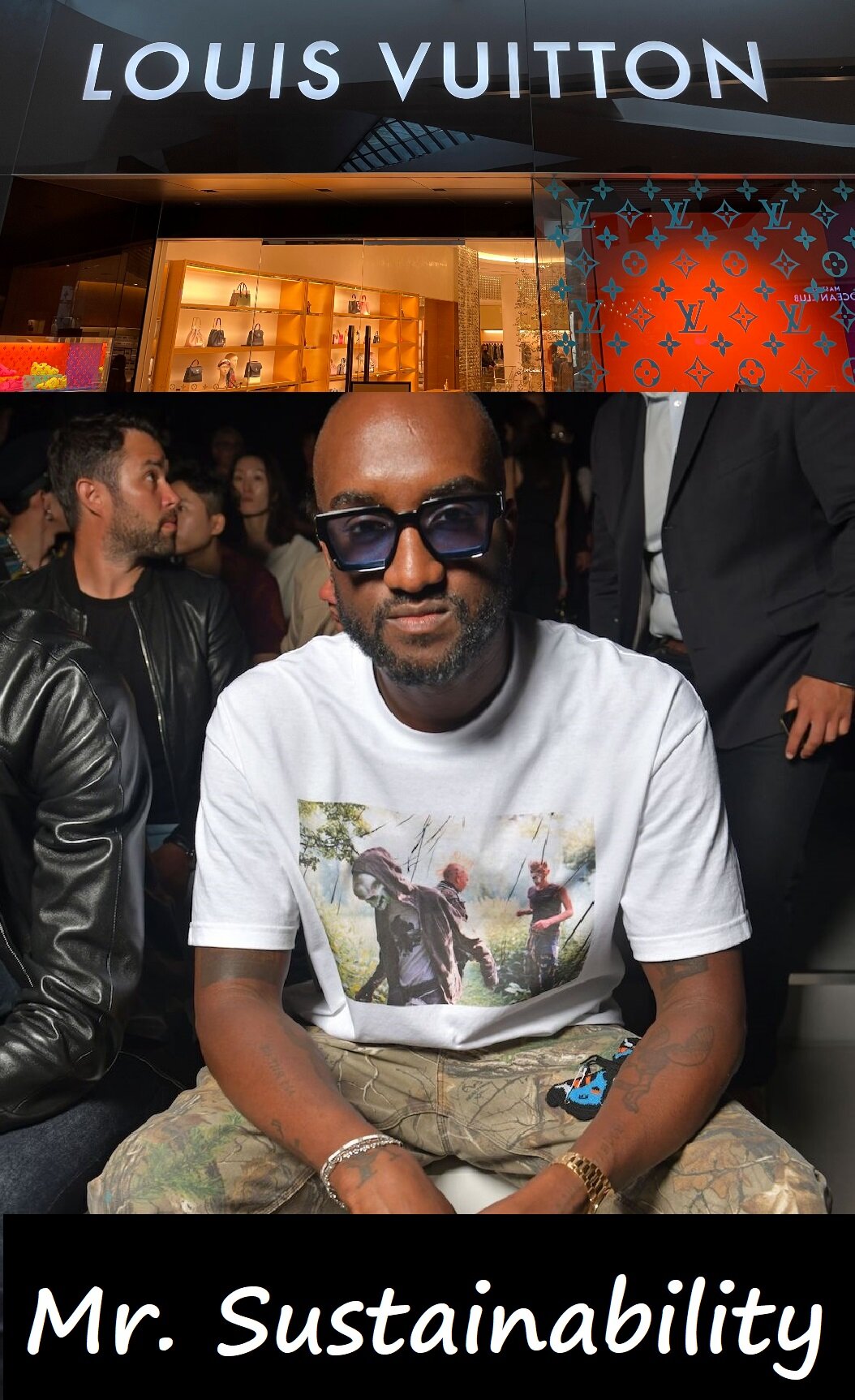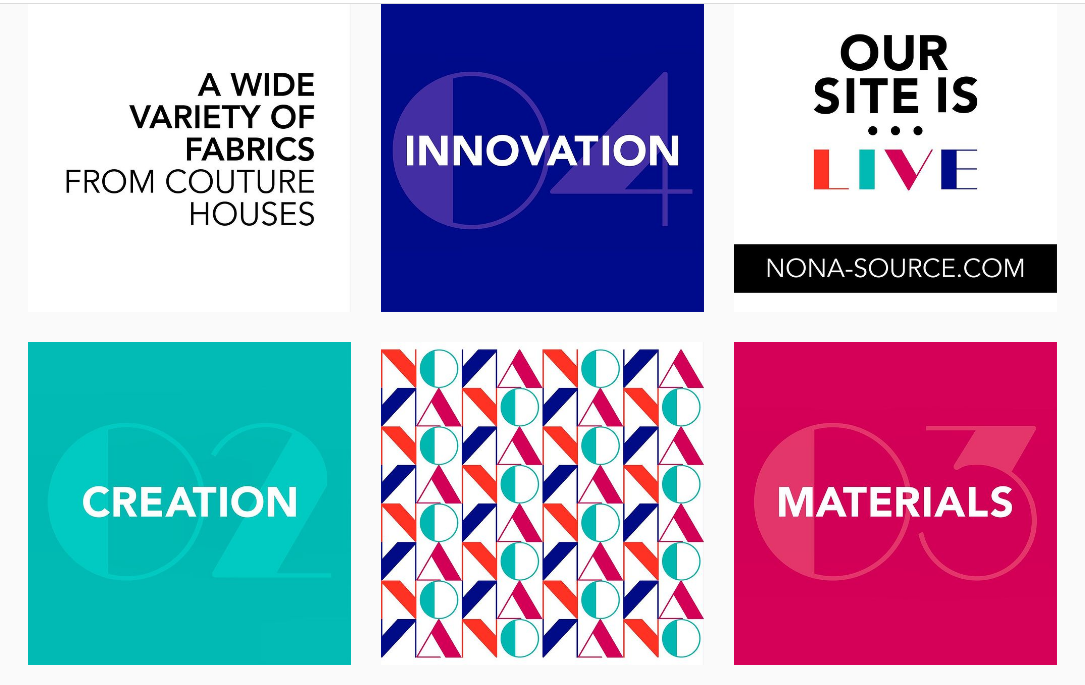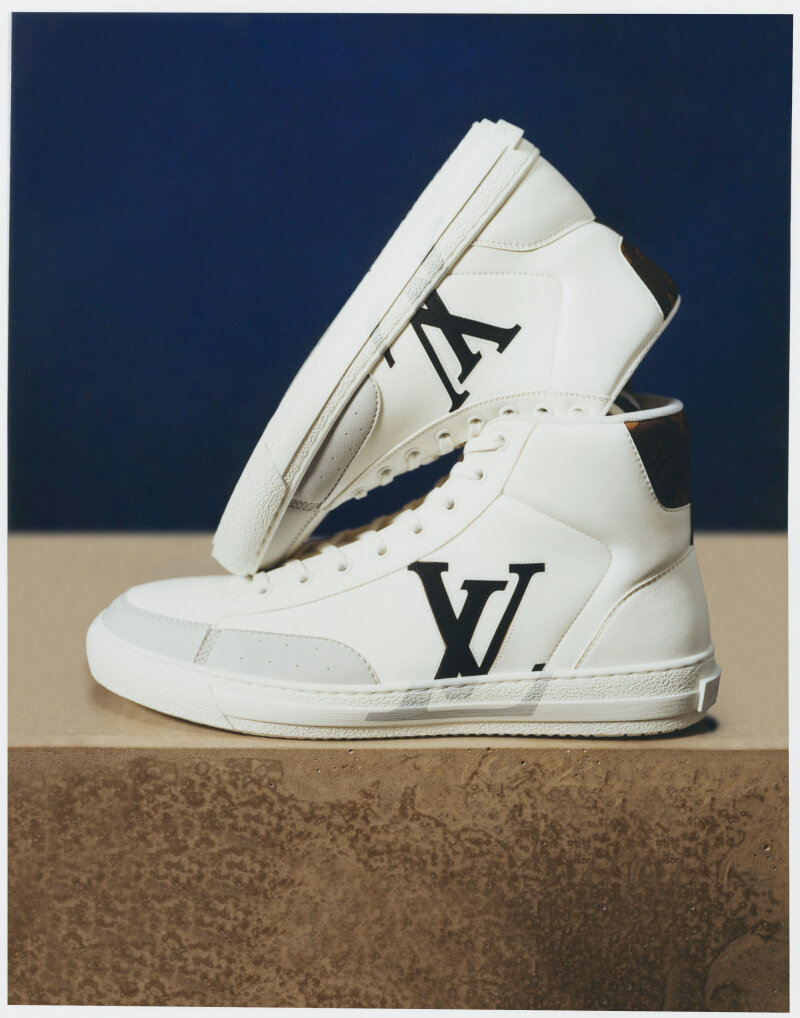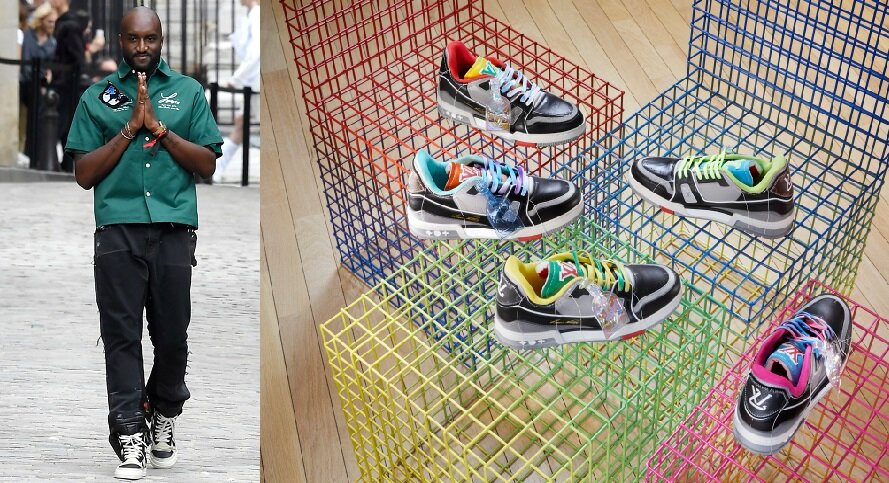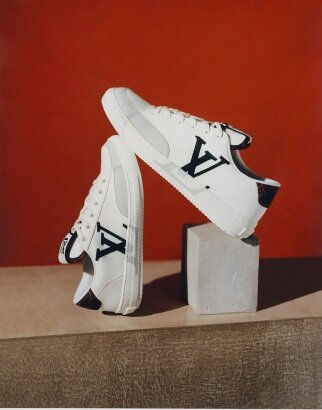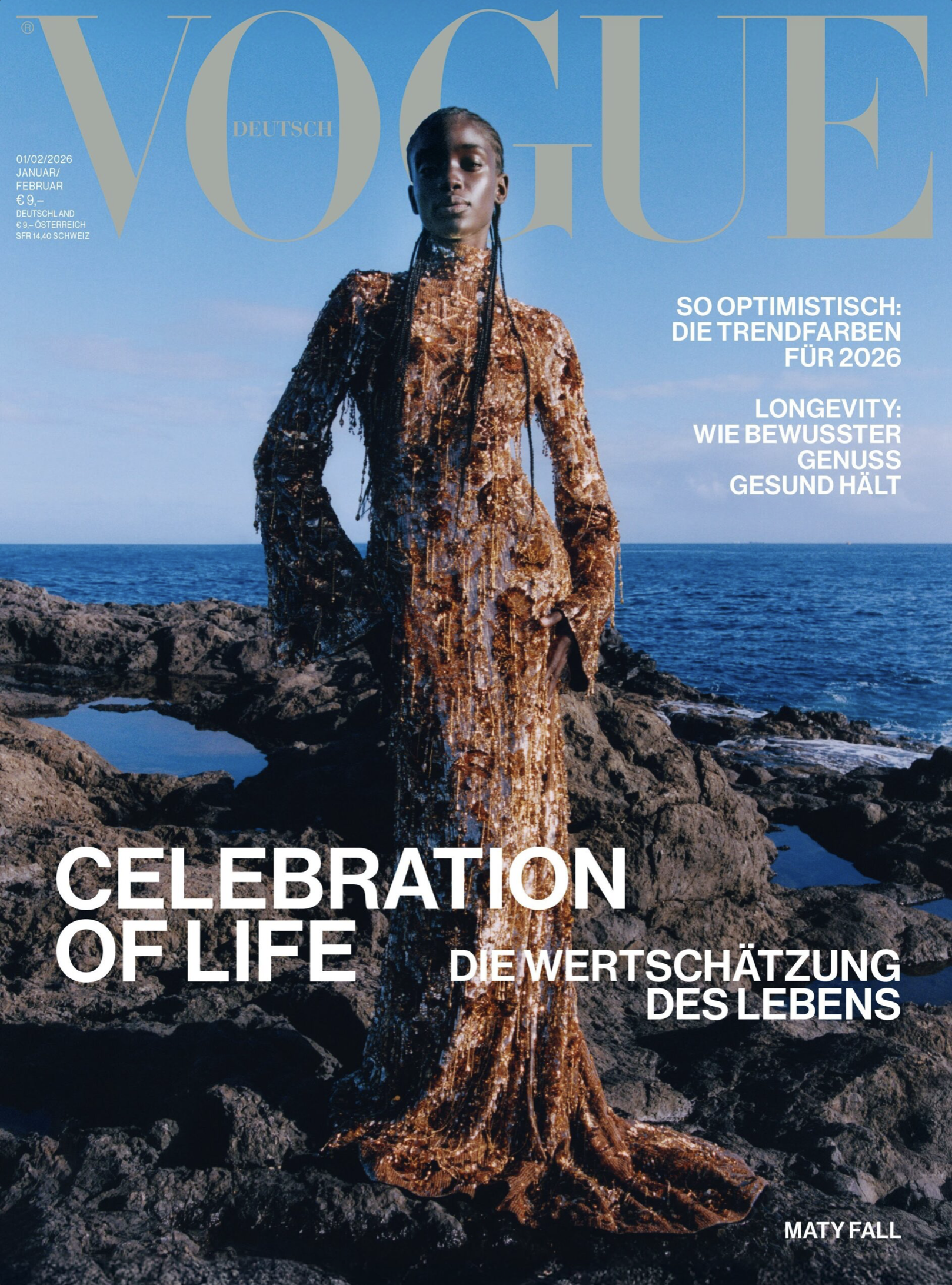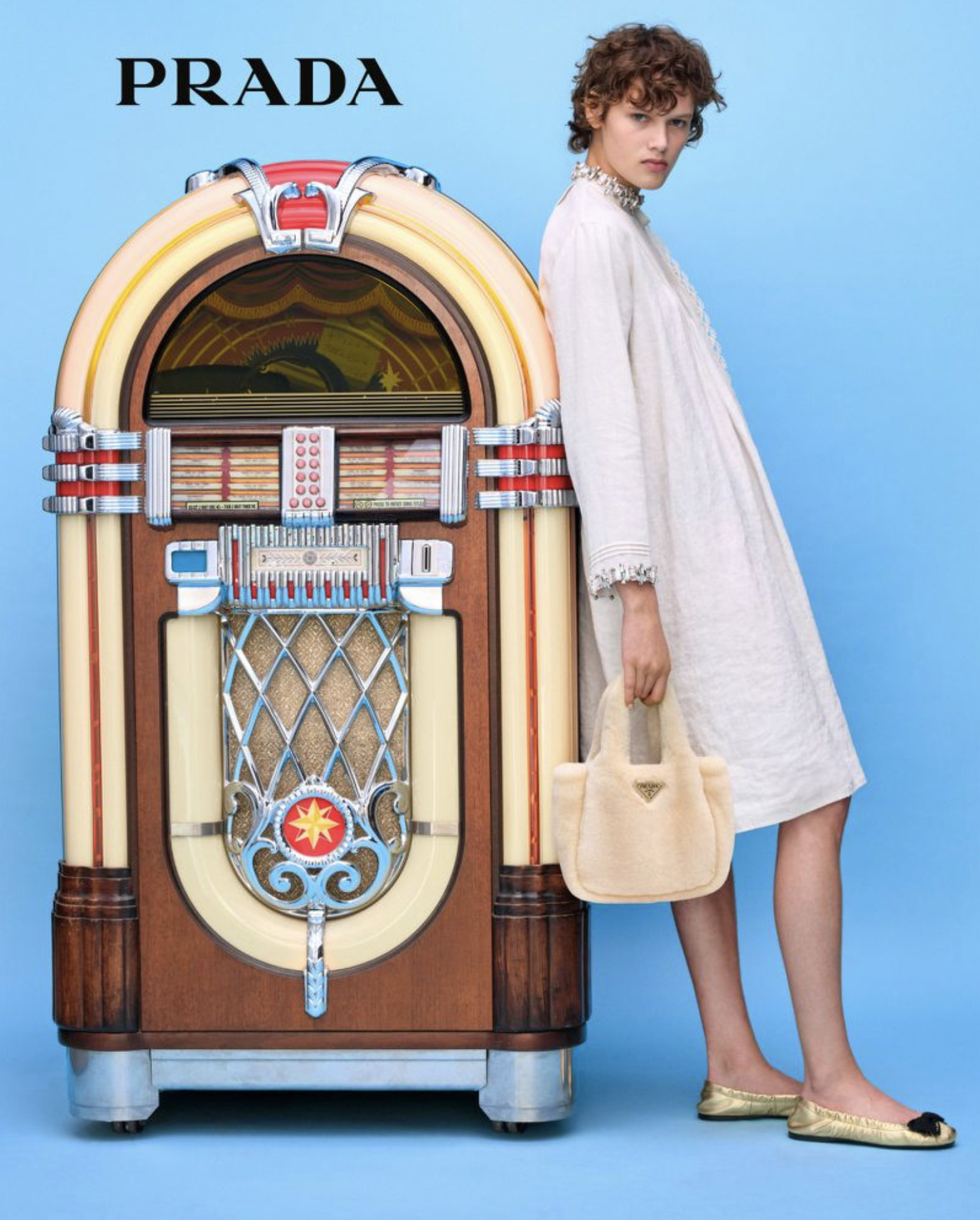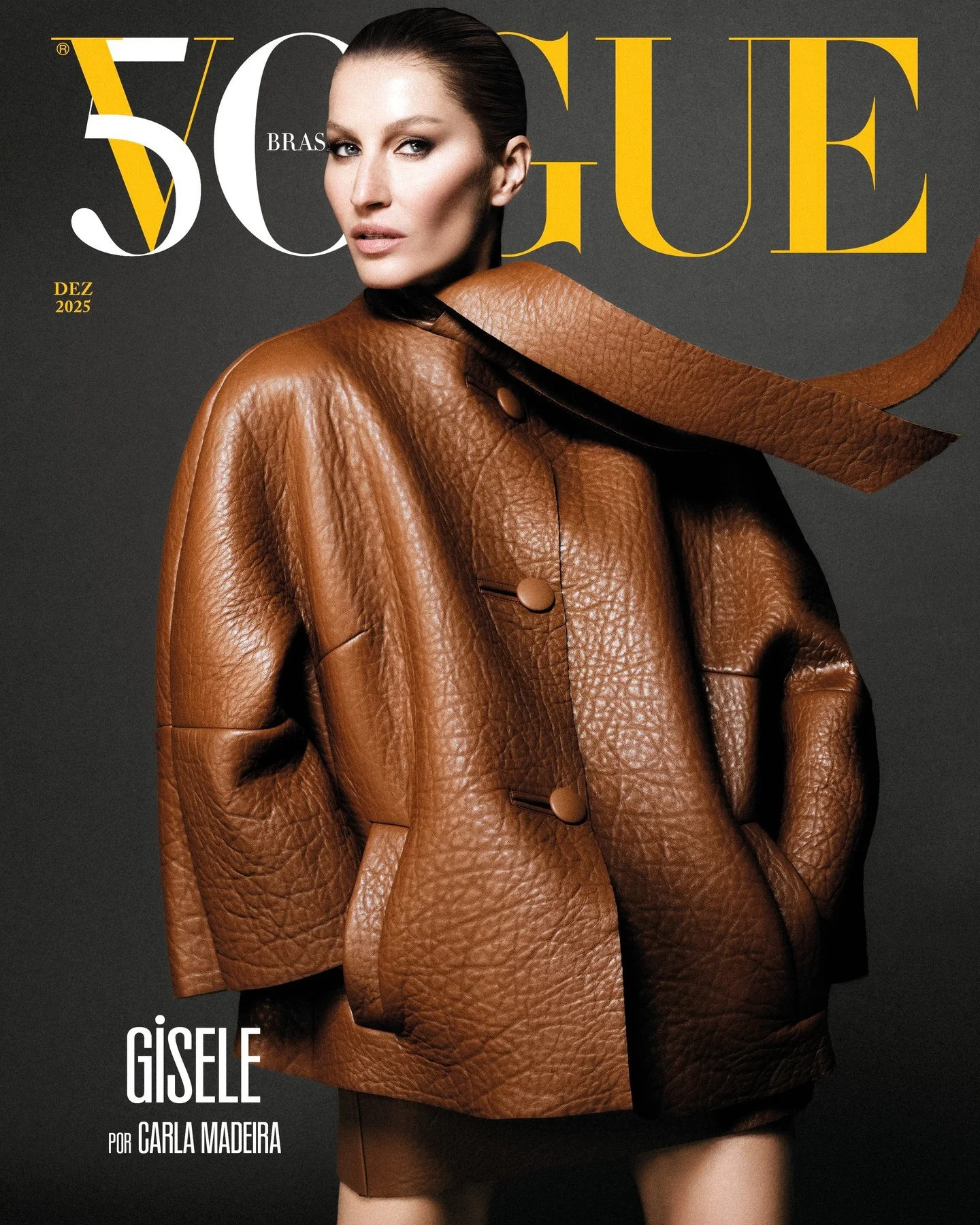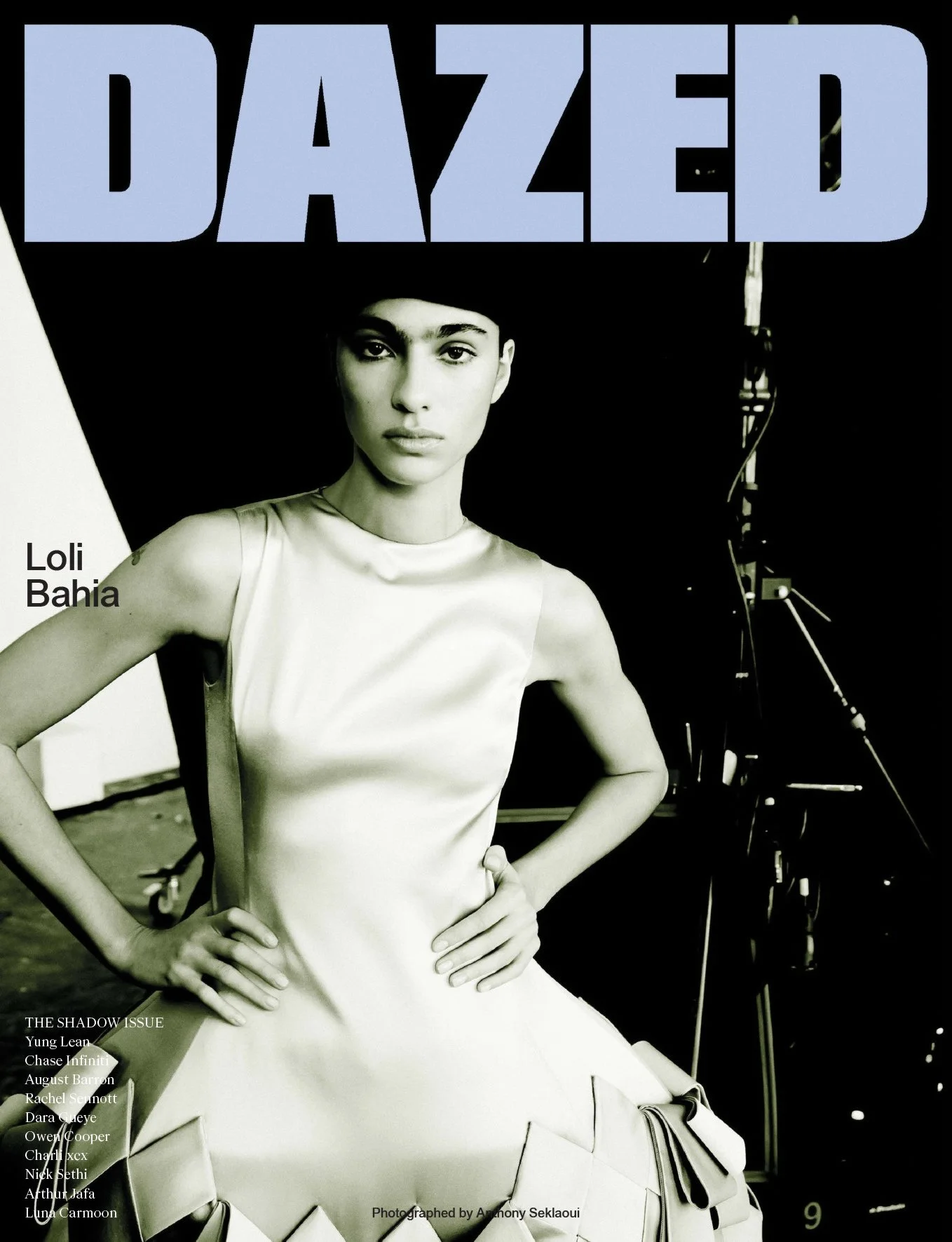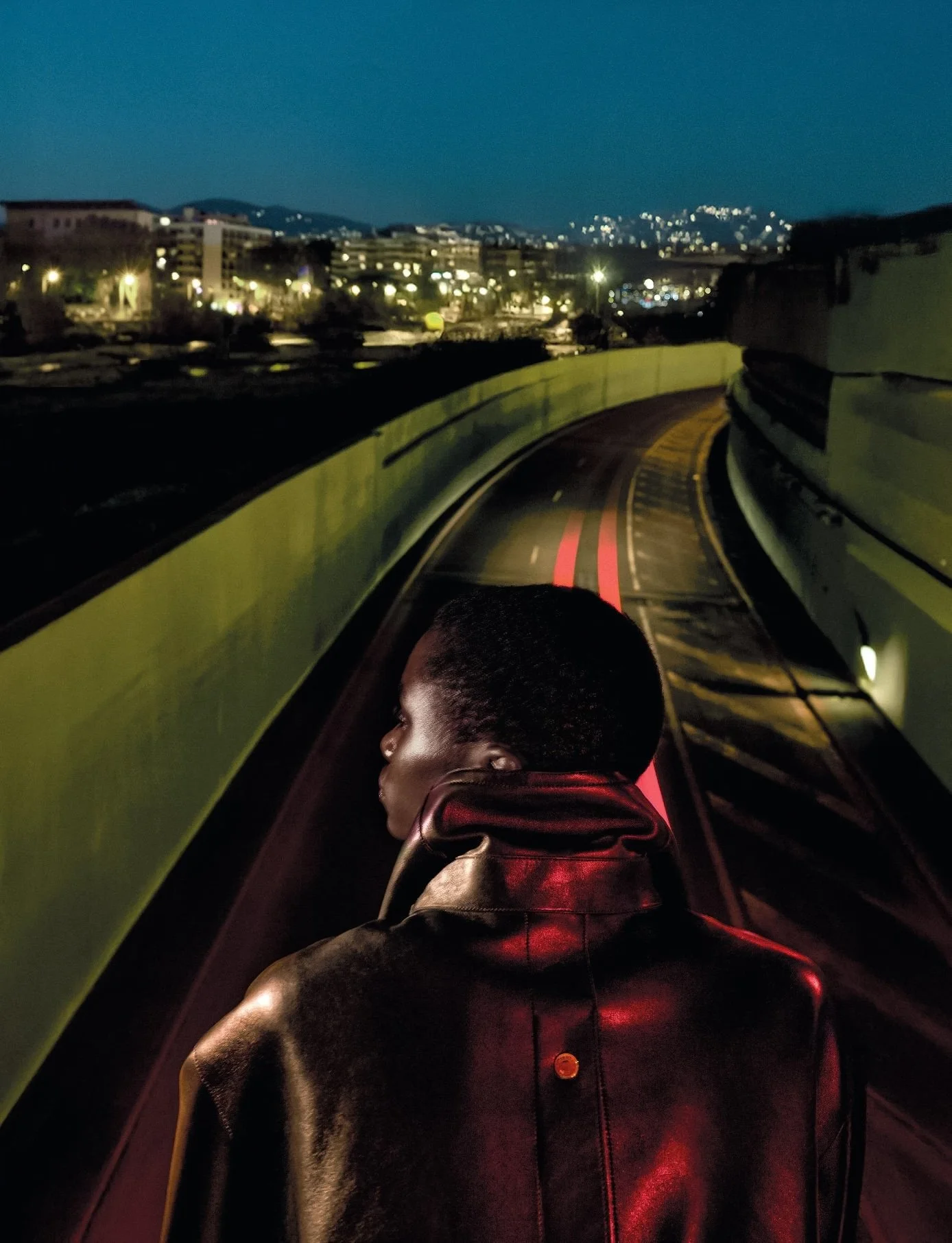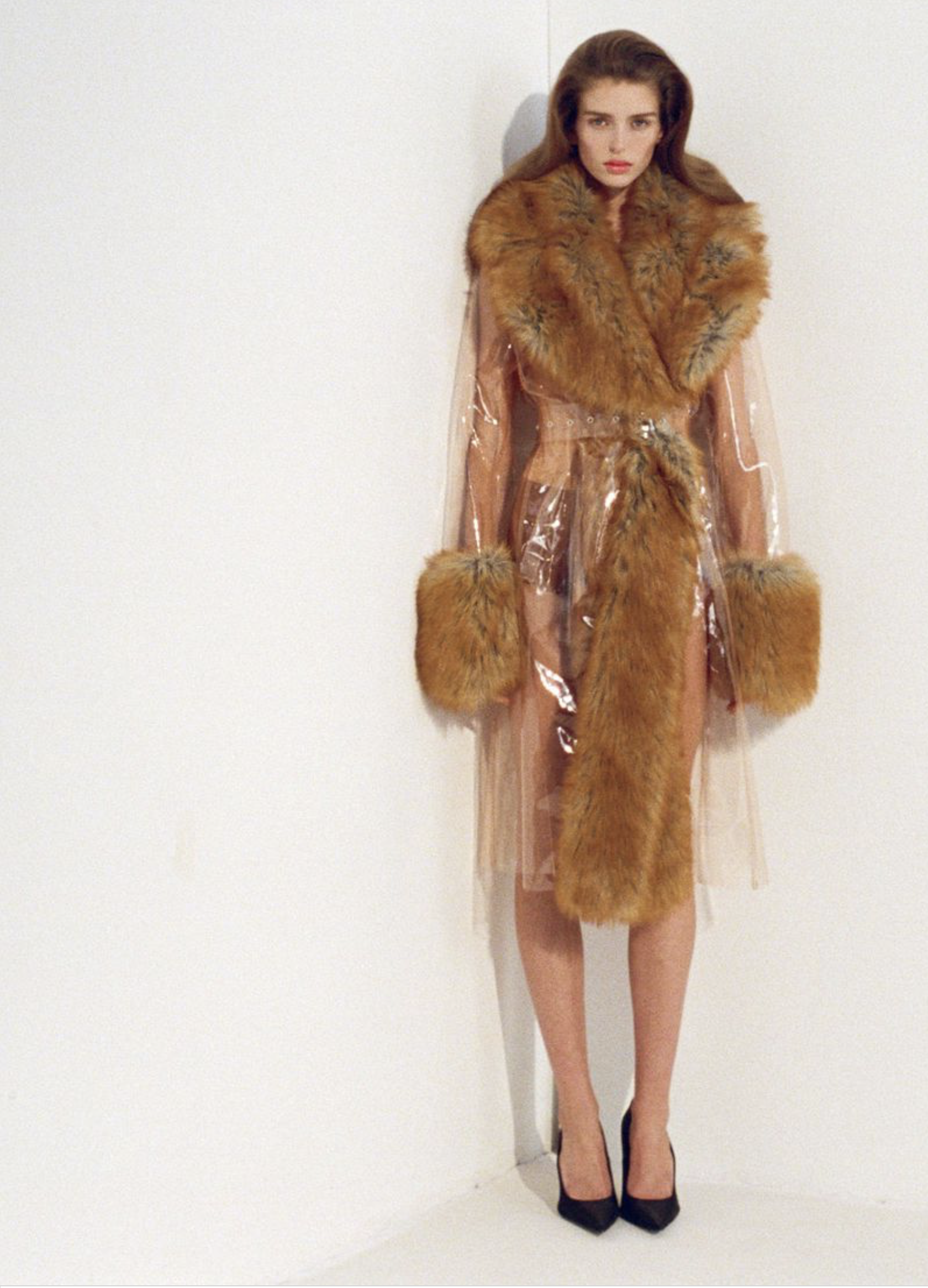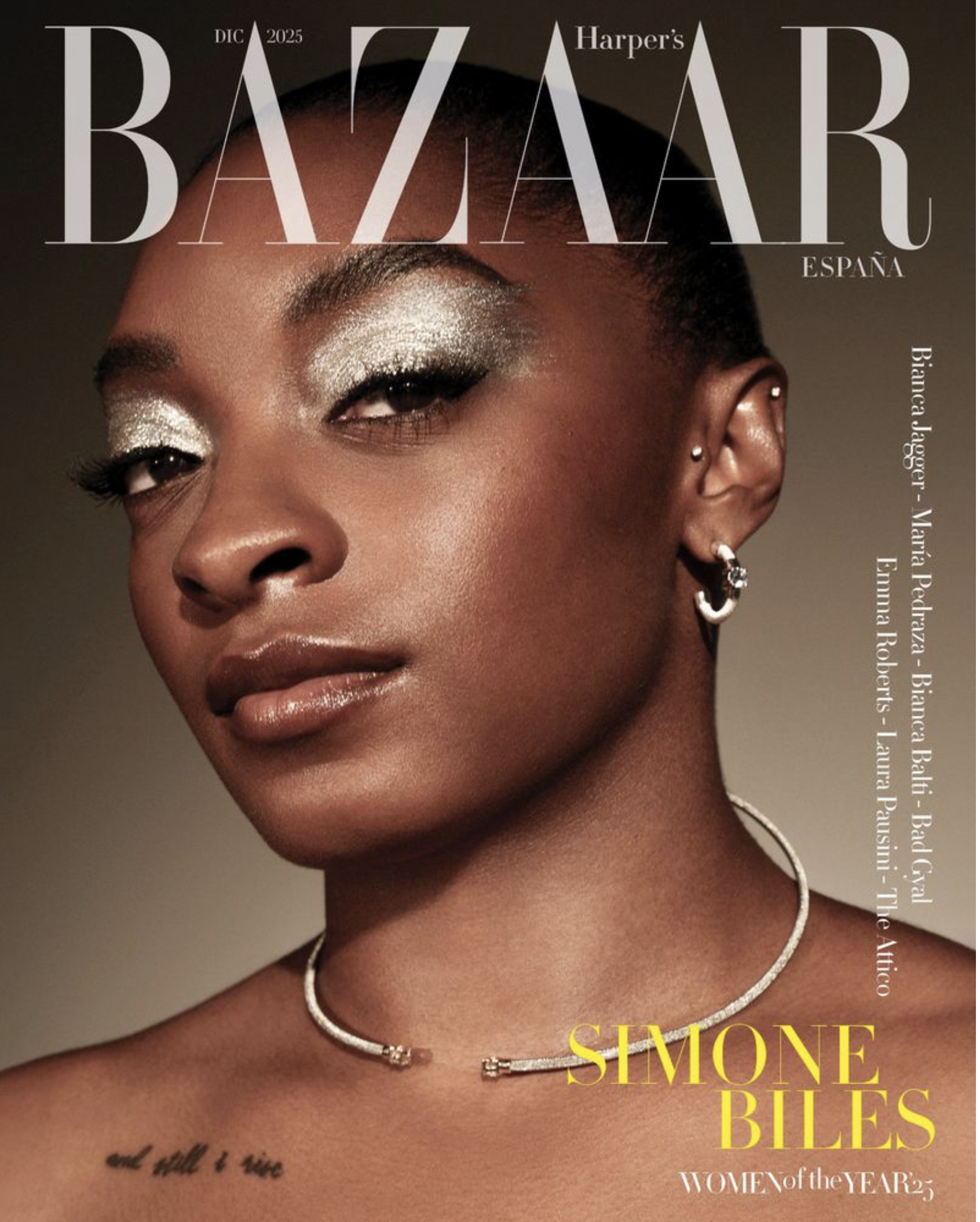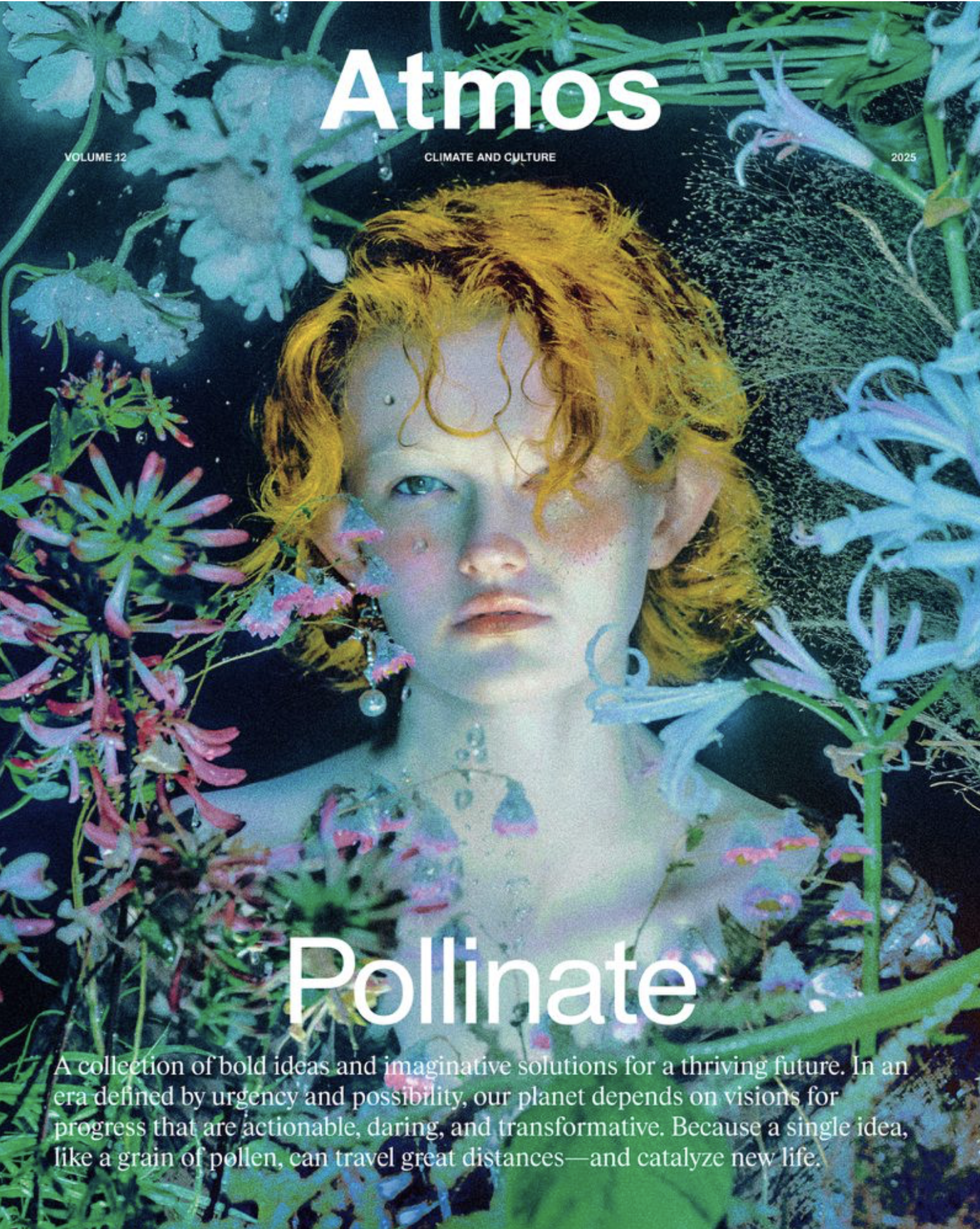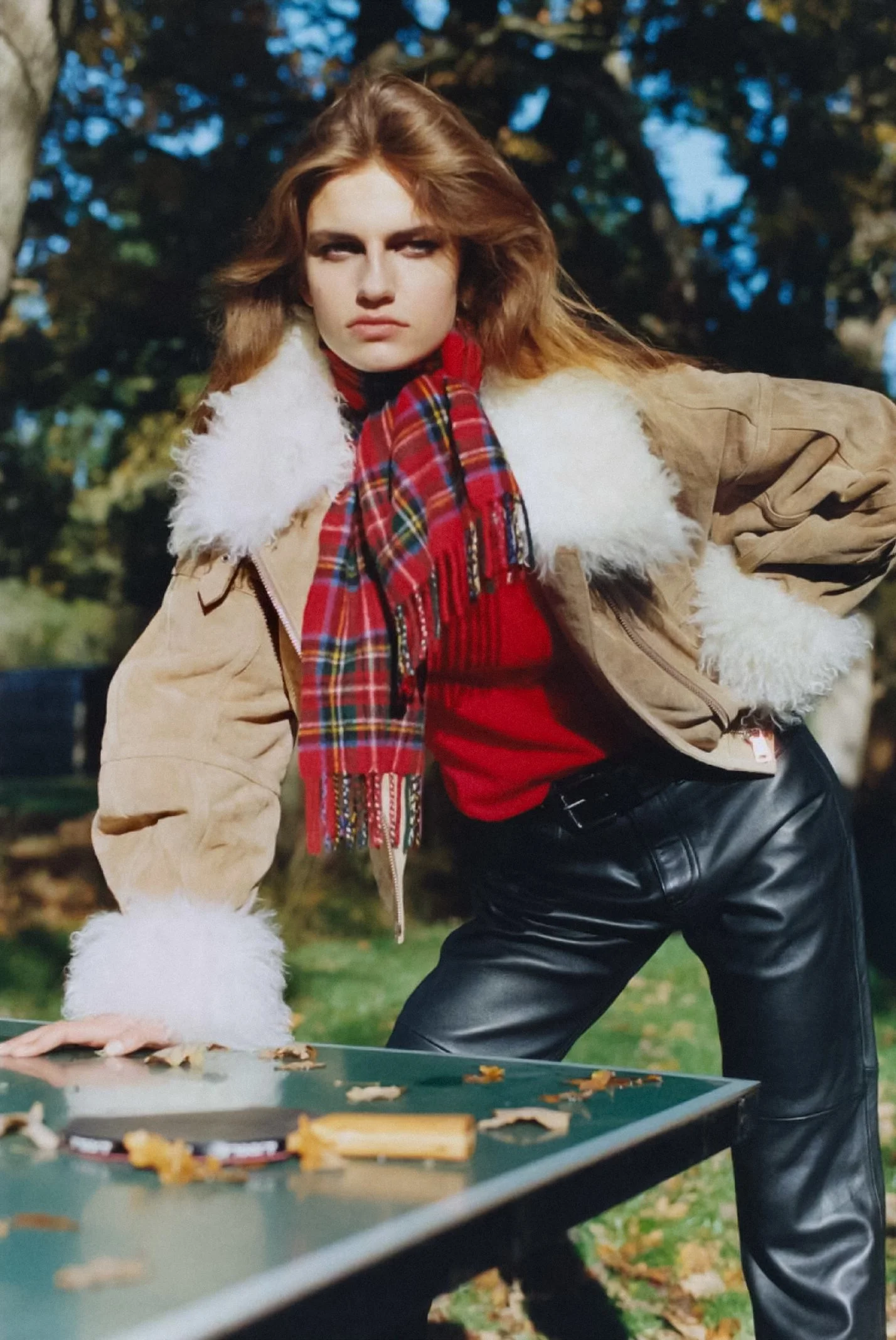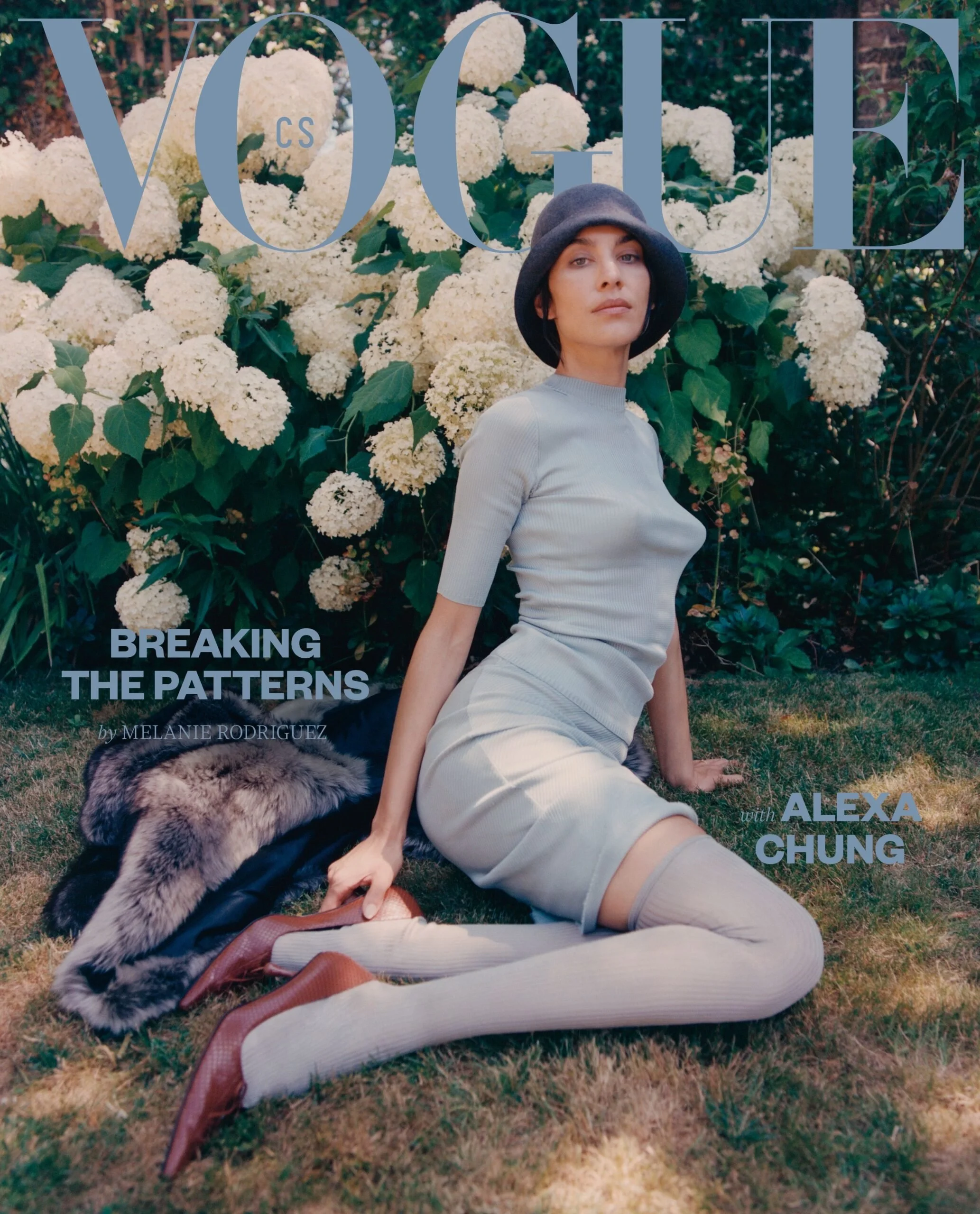Louis Vuitton Eyes Sustainable Future With Sneakers Breaking New Ground
/Meet Charlie, Louis Vuitton’s new unisex sneaker that symbolizes Vuitton’s commitment to sustainability that has put it out front in implementing environmental changes within LVMH. Virgil Abloh gets much credit for being the leader of the pack at Vuitton, when the focus is climate change policy adaptations.
WWD writes: “Abloh, who defines himself not as a designer, but rather as an “artistic director for a new and different era,” has long subscribed to the theory that modifying an existing object by three percent turns it into “something special.” While that approach has exposed him to accusations of copying, it naturally lends itself to recycling.
“Design doesn’t stop,” he said. “Just because it’s been seen, and it’s been out there, doesn’t mean that you have to crumple that piece of paper up and start from zero. Just because it’s older, doesn’t mean that it’s devalued. That’s me just trying to come up with a new system, especially with the work at Vuitton.”
As part of LVMH’s ambitious plan to achieve maximum sustainability in their start to finish business practices, the company launched earlier in 2021 Nona Source, an online resale platform for the group’s deadstock fabrics and leathers.
The concept was introduced by Romain Brabo and Marie Falguerra, who presented the project as part of LVMH’s intrapreneurship program, DARE, and were invited to pilot it full-time. The internal LVMH DARE acronym means Disrupt, Act, Risk to be an Entrepreneur . . . DARE.
Charlie Hits the Streets in November 2021
Charlie has some mighty enticing green measurements, as Louis Vuitton’s first unisex sneaker, produced using 90 percent recycled and bio-sourced materials. Scheduled to launch on November 12, the Charlie features a sole that’s minimally 94 percent recycled rubber.
Charlie’s upper is composed of smooth and grained synthetic material, produced from recycled polyester with a layer of Biopolioli, a corn-based plastic. The tongue patch, back of the shoe and LV logo are made with Econyl regenerated nylon created from nylon waste such as fishing nets, fabric scraps and industrial plastic.
Econyl has become a significant material used by Burberry and Prada, Candice Swanepoel in her Tropic of C Swimwear, Nike and more. In fact, interest in Econyl — a regenerated nylon made by Aquafil — is so strong that parent company Aquafil has created a B2C platform for conscious consumers.
Christelle Capdupuy, global head of sustainability at Louis Vuitton, agrees that LV’s sustainable offering remains small. But it’s steadily expanding as outlined in the brand’s sustainable development plan, titled “Our committed journey.”
Recently promoted LVMH artistic director of Vuitton men’s collections has been the sustainability policy’s biggest advocate, introducing a new Upcycling Signal Logo emblem with his spring 2021 collection, writes WWD.
The logo credited to Gary Anderson has now been adopted throughout the Louis Vuitton brand, earmarking all products that are either upcycled. or contain at least 50 percent of recycled and bio-sourced raw materials, Capdupuy explained.
By 2025, Vuitton aims to use 100 percent responsibly sourced raw materials; switch to 100 percent renewable energy in its production and logistics sites, and have all products comply with an eco-design process. This places the brand ahead of parent company LVMH Moët Hennessy Louis Vuitton’s groupwide “Life 360” program.
Progress has been significant, as detailed by Capdupuy. By the end of 2020, 52 percent of Vuitton’s raw materials were already responsibly sourced. Among them, 78 percent of the leather used came from Leather Working Group-certified tanneries, and 67 percent of cotton was certified.
“It’s not easy to change the way we do things,” she admitted. “So at some point, it’s very interesting to test yourself on a product. The Charlie is the result of a collaboration between marketing, the environmental division, our production site in Italy and our suppliers. It’s allowed us to test and source the most ambitious raw materials, in terms of environmental impact, and now we’re learning.”
The Charlie sneakers will be available in U.S. sizes 3 to 13, carrying a price tag of $1,080 for the low-top version and $1,130 for the high-top style. Packaging is a 100 percent recycled cardboard box with an afterlife as a shopping bag. Its handle is made from Tencel fibers originating from renewable wood sources.
There’s a very interesting backstory on how Charlie came to be. WWD explains, and AOC will pick up the history shortly. It has to do with Abloh recycling himself.
